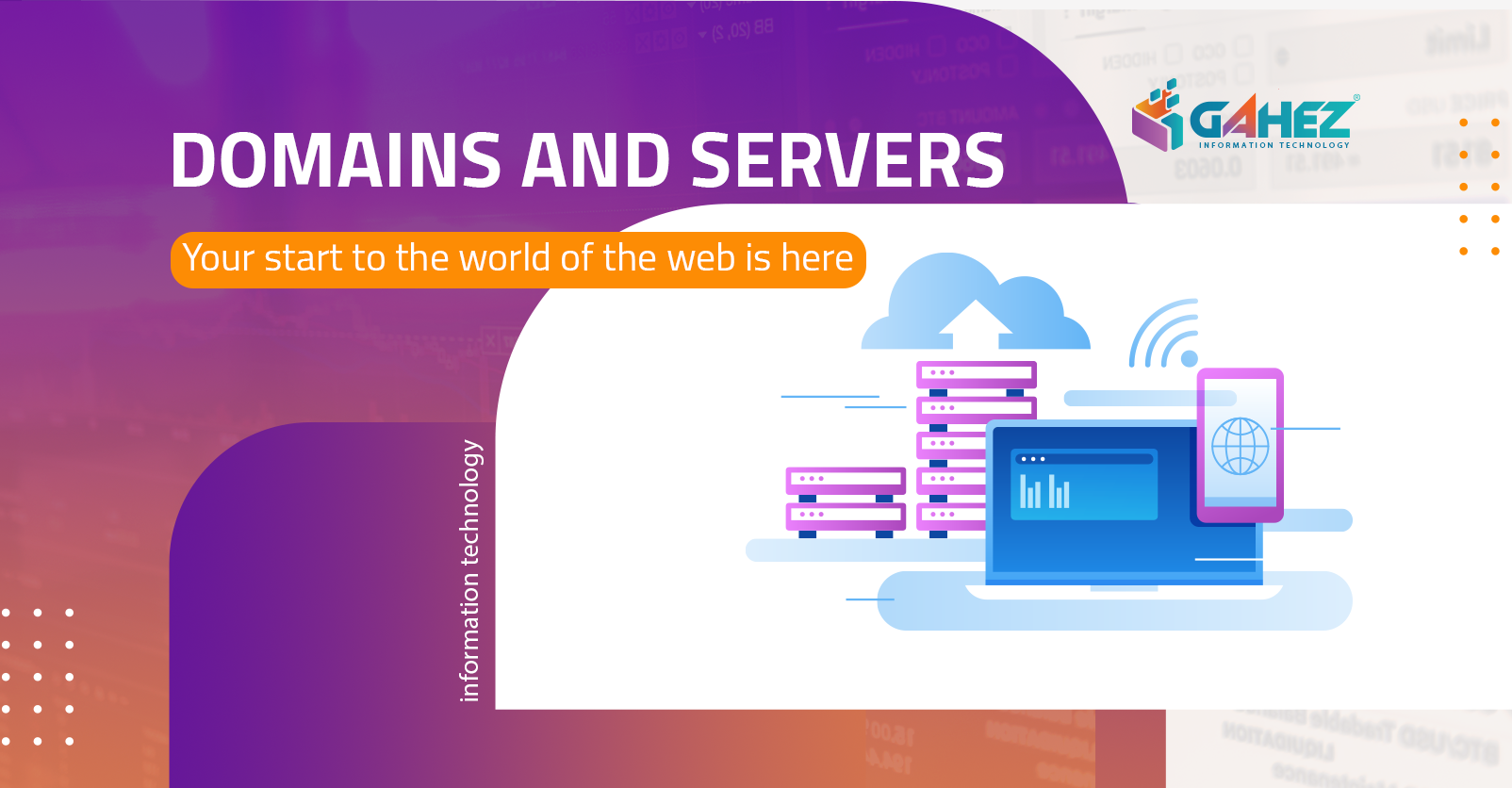In this article, we will discuss the topic of domains and servers in the web world.
Domains:
In the web world, a *domain* is defined as the web address used to identify a specific location on the internet. It consists of two main parts: the *domain name* and the *extension* and follows a specific format.
1. Domain Name: Refers to the unique and distinctive part of the domain. This part can be the company’s name, the website’s name, or any other term related to the digital identity of the site.
2. Extension: Indicates the general part of the domain and reflects the type of the website, organization, or geographic location. Common examples of extensions include .com, .org, .net, .edu, .gov, .co, .uk, and others.
When someone buys a domain, they obtain the right to use it as the address for their website. It is essential to periodically renew the domain to maintain the right to use it.
Servers:
Servers are a fundamental part of the internet and web technology. They are powerful computer devices dedicated to storing websites and providing them to users over the World Wide Web.
The primary function of servers is to host websites and offer their services to users online. When a user visits a website, their device connects to the server hosting that site to request web pages and related content. The server processes the user’s request and sends the requested pages back to the user over the network.
There are various types of servers, including:
1. Web Server: Stores and provides web pages and related content via the HTTP protocol.
2. Mail Server: Manages email operations and directs emails between users.
3. Database Server: Stores and manages data, providing access to it for applications and websites.
This explanation is concise, aiming to provide a general understanding of the concepts.









